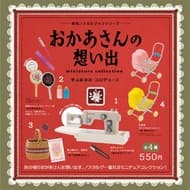
The Japan Pasta Association conducts a "pasta awareness survey". We introduce misunderstandings and correct information about pasta from the three perspectives of "manner of eating," "cooking and preservation," and "health." The respondents were 2,809 men and women between the ages of 20 and 59 nationwide.
■ Approximately 30% of people eat "more than once a week"
First, when asked how often they eat pasta dishes, those who answered "more than once a week" ("almost every day" to "once a week" The total of "degree") is 29.3%. The percentage of those who answered "almost every day" was 1.2%.

■ It is NG to bite off on the way
Regarding the etiquette when eating pasta dishes, about 40% of the respondents answered that "spaghetti that couldn't fit in your mouth is eaten by biting it with your teeth" is "correct", but this is actually a misunderstanding. In authentic Italy, it is good manners to eat long pasta such as spaghetti as it is. If you chew it off on the way, it will not look beautiful, so it is important to wrap it around a fork as much as you can put it in your mouth.
In addition, the style of eating spaghetti wrapped around a fork while putting spaghetti on a spoon is American or British style. In Italy, it seems that spoons do not come out even in restaurants, and if the place changes, the manners of pasta cooking will change.
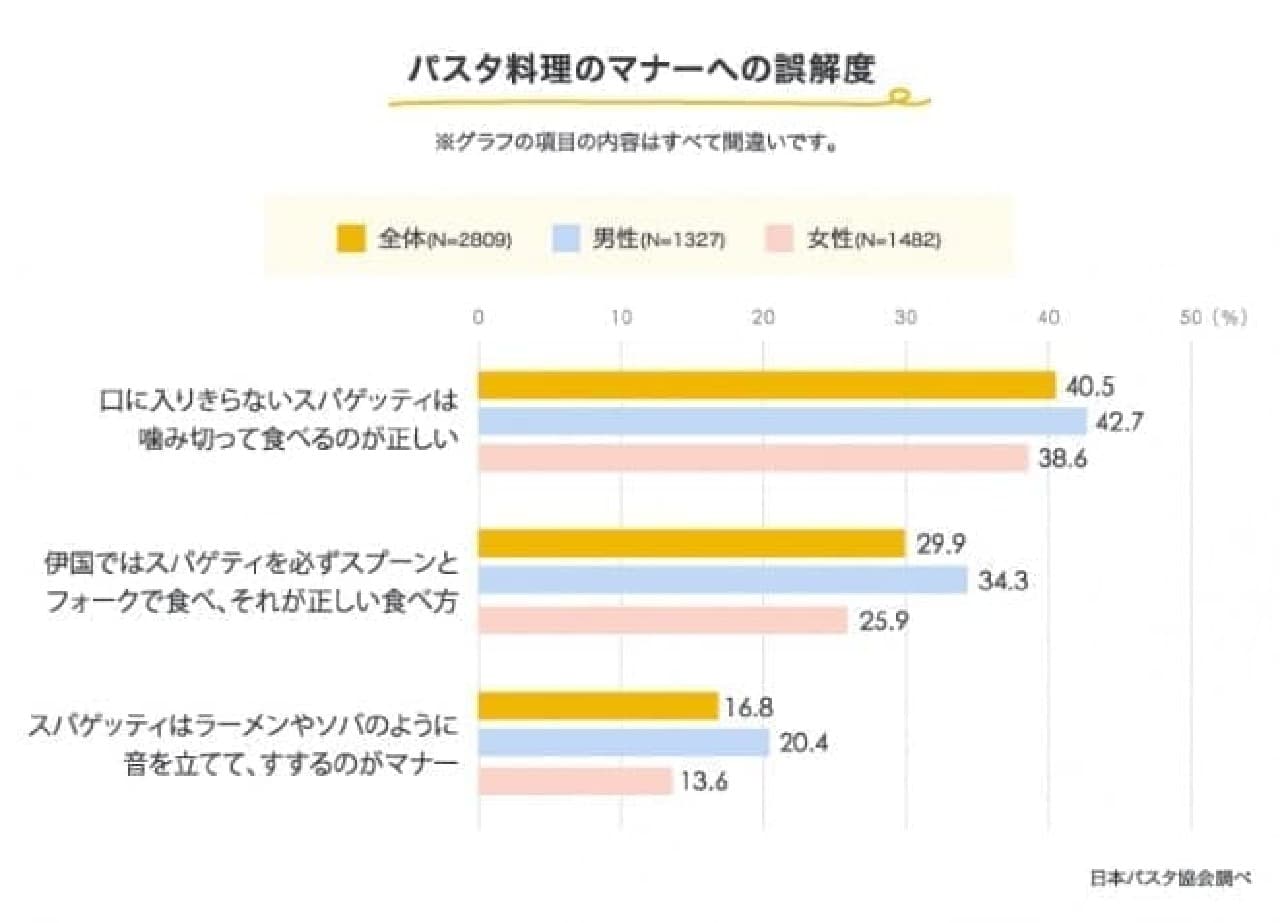
■ Older dried pasta has a better texture
It is also clear that 36.2% of people misunderstand that "dried pasta is better fresh immediately after production". Dried pasta is said to have an aging effect over time, improving the texture of the noodles.
Regarding cooking, 42.6% misunderstood that "when boiling dried pasta, salt is added to make al dente well." Although there are various theories about the reason for adding salt, it is generally for seasoning pasta and has nothing to do with finishing al dente.
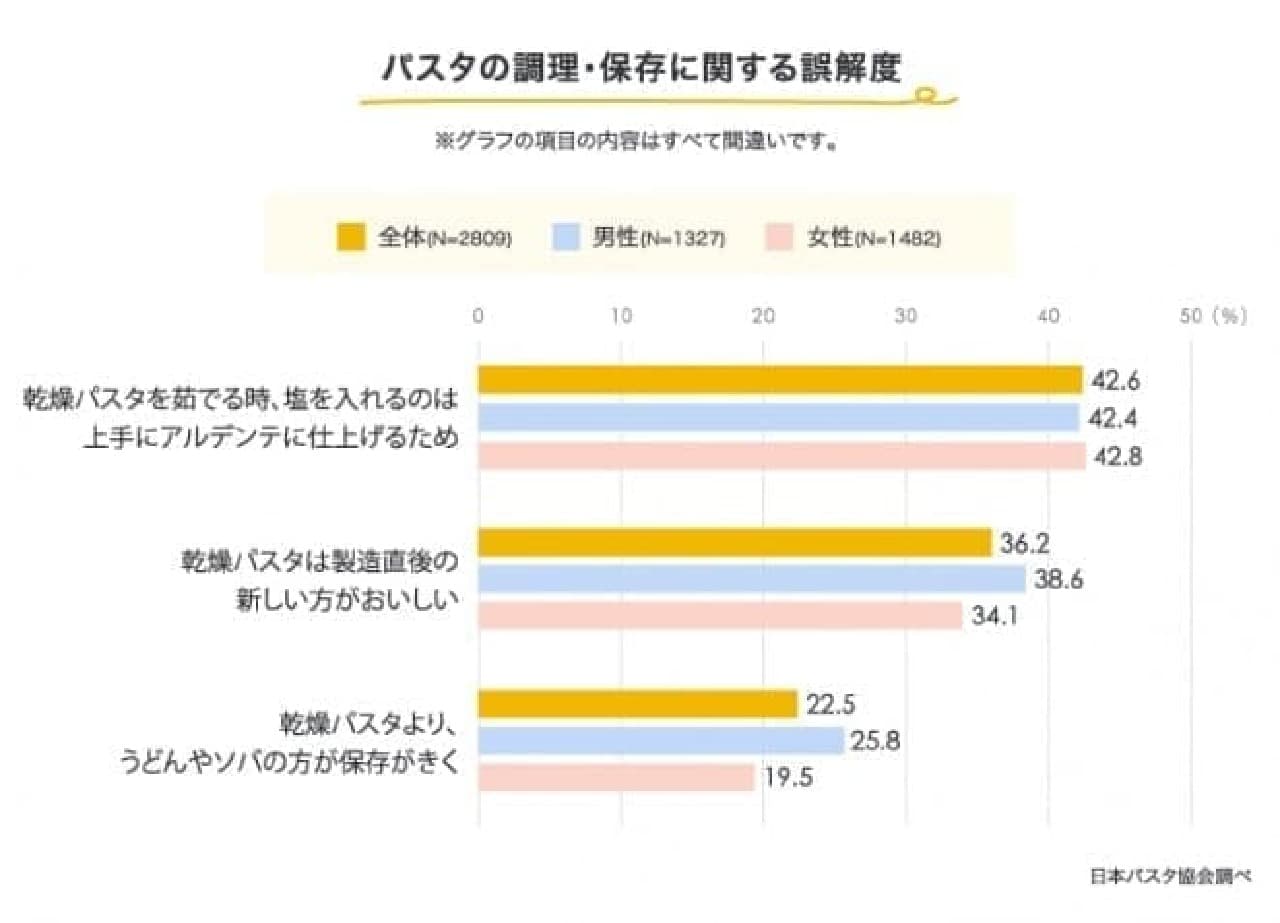
■ For "health promotion", dry pasta rather than fresh pasta
It has also become clear that more than 40% of people "misunderstand" that "handmade or fresh pasta is more effective in improving health than dried pasta."
Most of the dried pasta on the market is made from 100% durum semolina. This duram semolina is necessary for energy metabolism, such as carbohydrates (= sugars) that are the basis of energy, proteins that build muscles to move the body, B vitamins that convert sugars into energy, and iron that promotes basal metabolism. It seems that it contains various things. Also, due to the synergistic effect of drying, digestion and absorption proceed slowly without raising the blood sugar level sharply compared to general wheat. This suppresses insulin secretion and prevents excess sugar from accumulating in cells, which is said to help prevent obesity. For these reasons, it can be said that dried pasta is more effective in promoting health than fresh pasta made from strong flour, eggs, and salt.
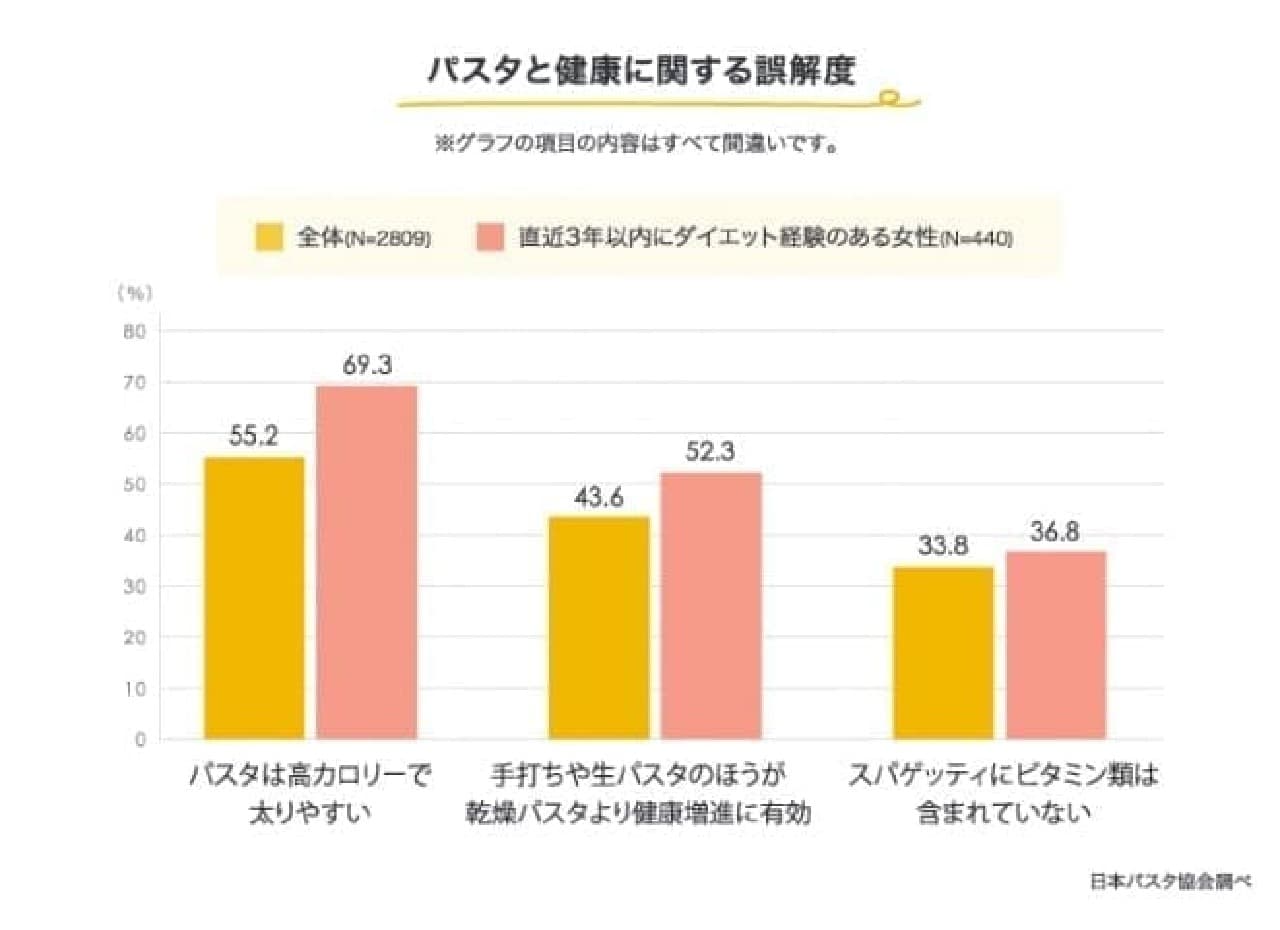
Pasta is an indispensable ingredient in the Japanese diet, as much as udon and soba. If you know the correct way to eat and the nutritional benefits, you will be able to taste it more deliciously.
Survey source: Japan Pasta Association
Survey method: Internet survey Survey period: August 5-12, 2016 Respondents: 2,809 men and women aged 20 to 59 nationwide

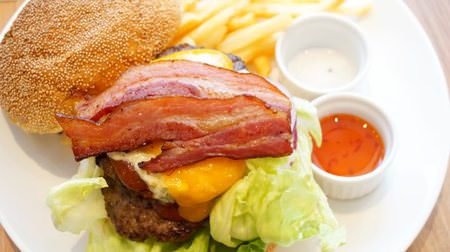

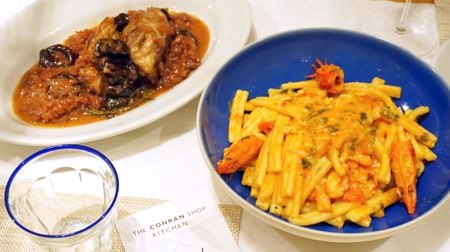
![[Mystery-loving set] I went to the real spy experience attraction "in SPY re"](https://image.enuchi.jp/upload/articles/3371/9886e2d1ae5180222013d2741f41ba28_special.jpg)

![LUSH releases new album "Collaboration Shimasu 3" on April 21 with rhyming ensemble [Monyu Sode] and a variety of guests, featuring a rich variety of songs by a wide range of artists.](https://image.enuchi.jp/upload/articles/14221/7028dd2a3fa9a2bec15a85fbf3924b56_special.jpg)






![Convenience store petit-price cosmetics] AND by ROM AND "Mellow Stick Blush" and "Glassy Milky Tone Up" at LAWSON.](https://image.enuchi.jp/upload/articles/14192/eca9c3cd72c87b0c6ae58c7c3d48661f_related.jpg)


